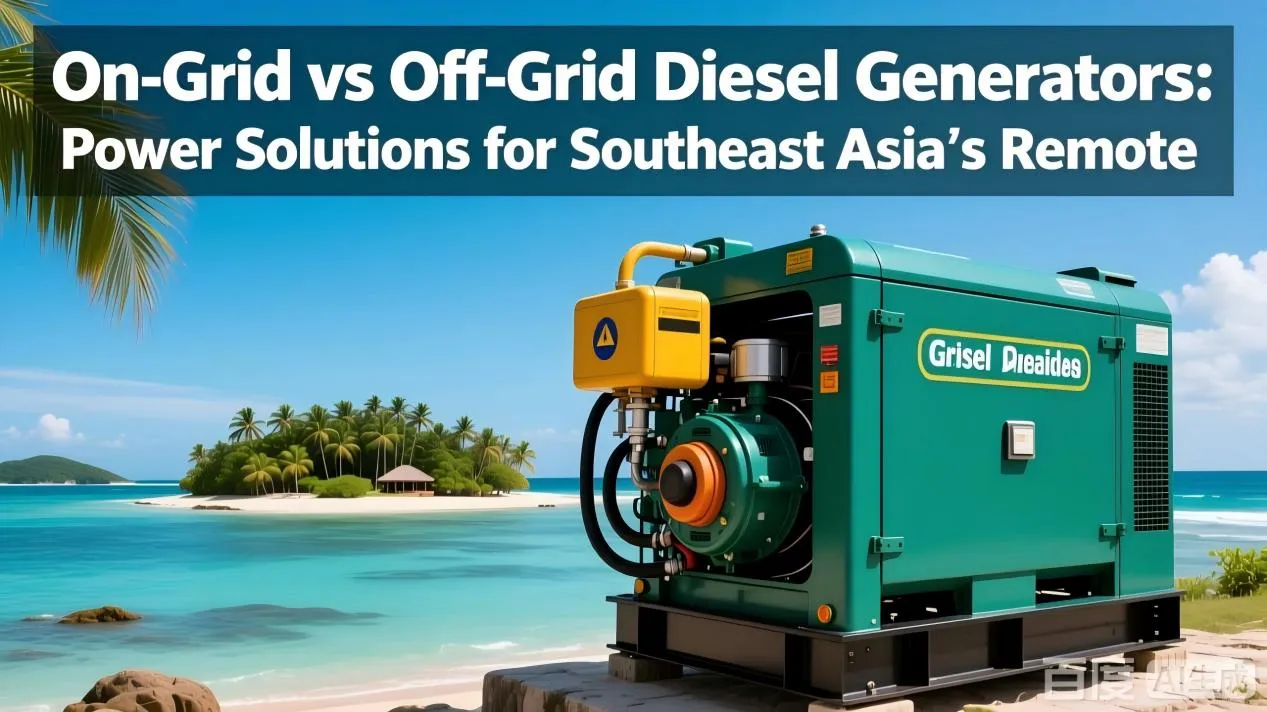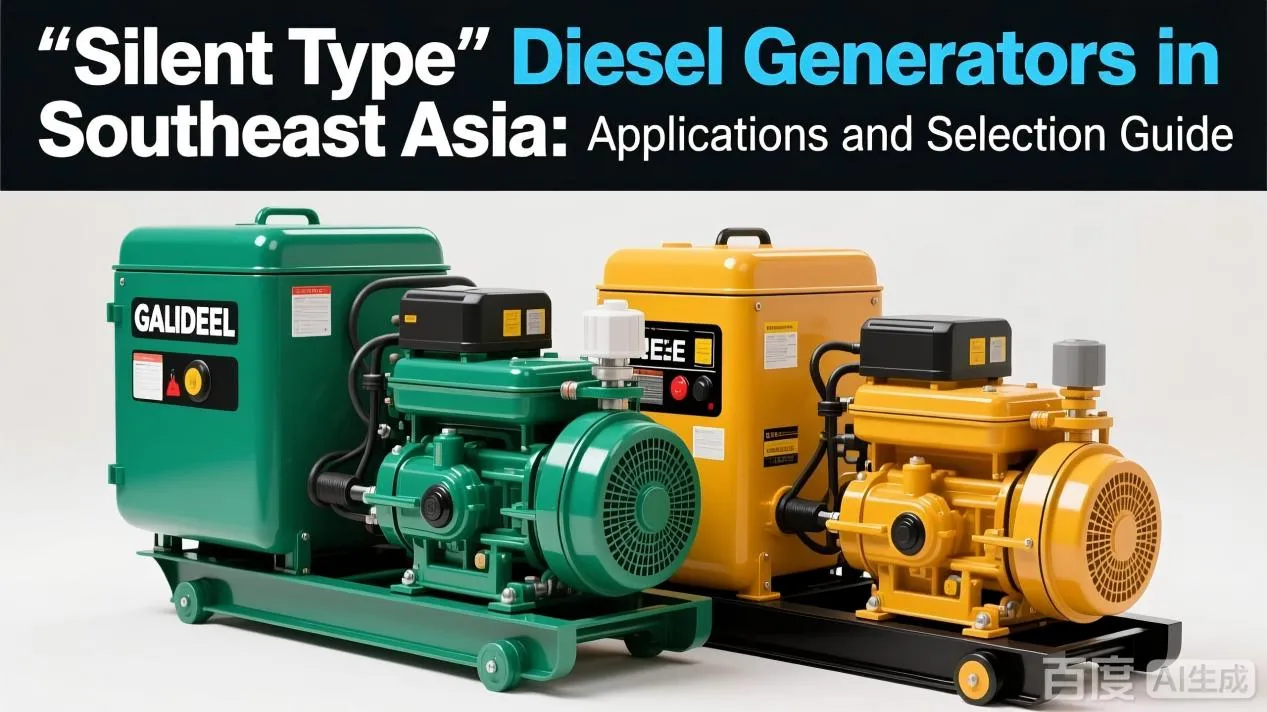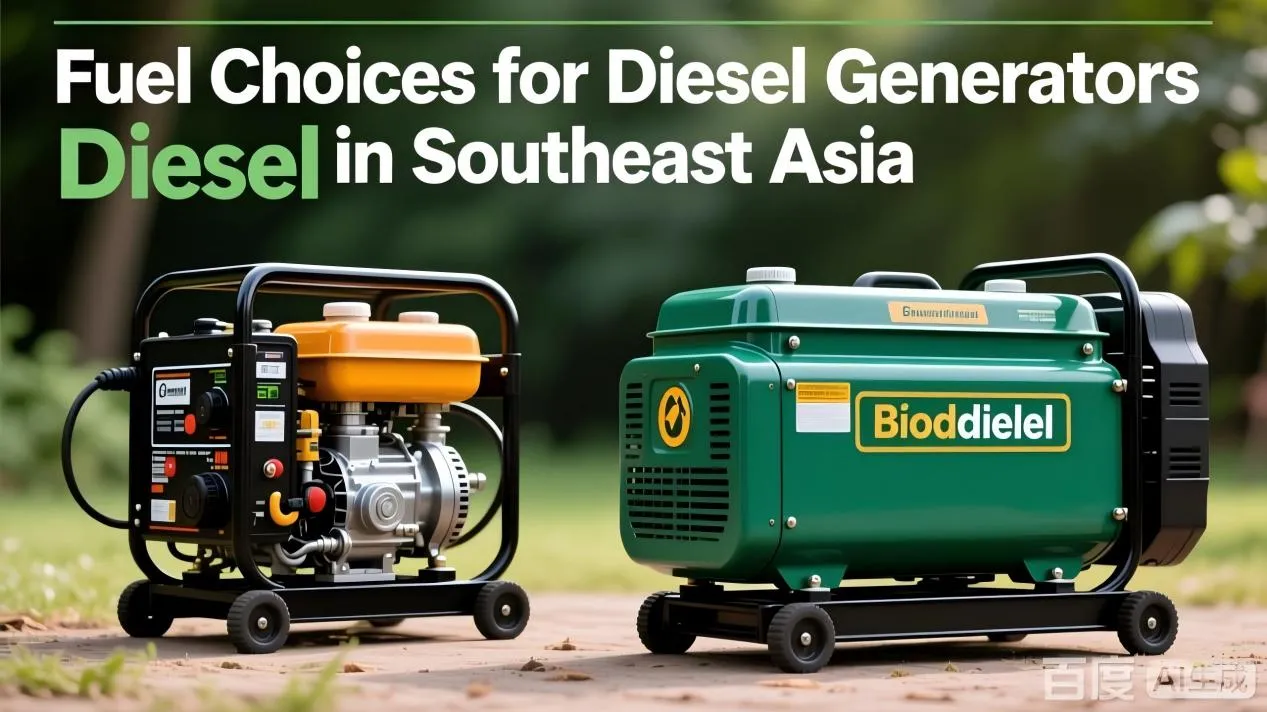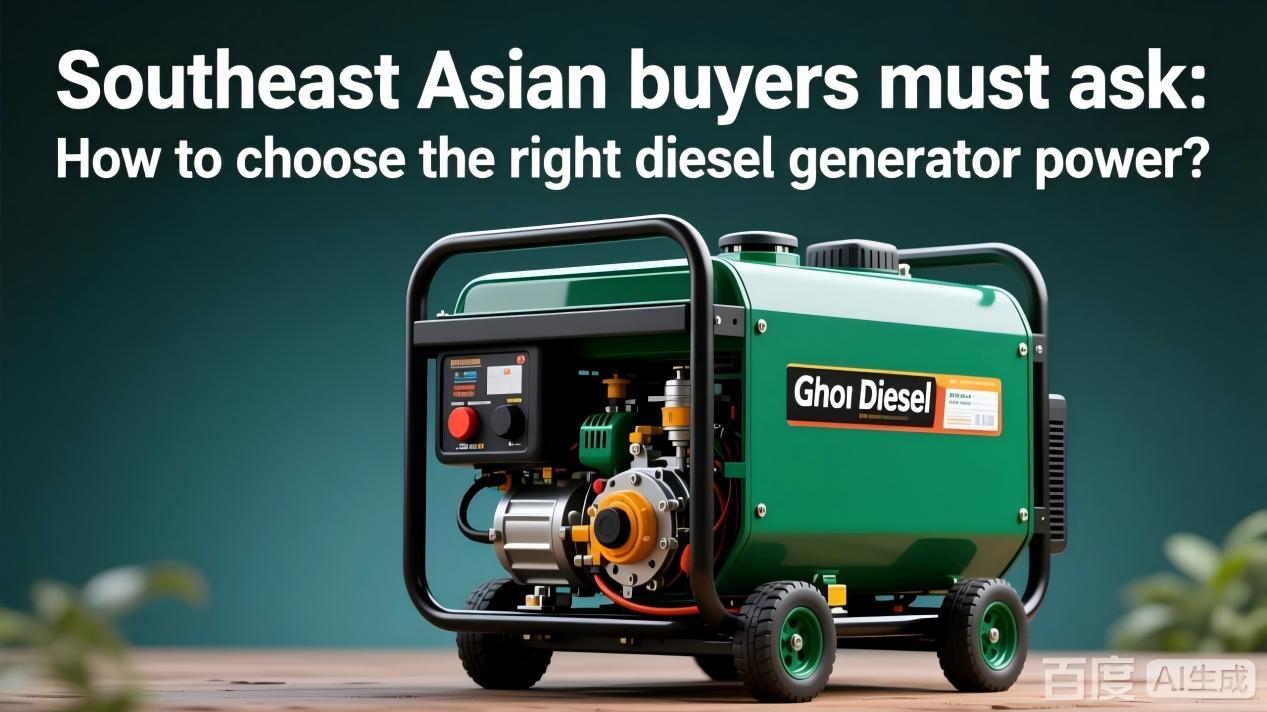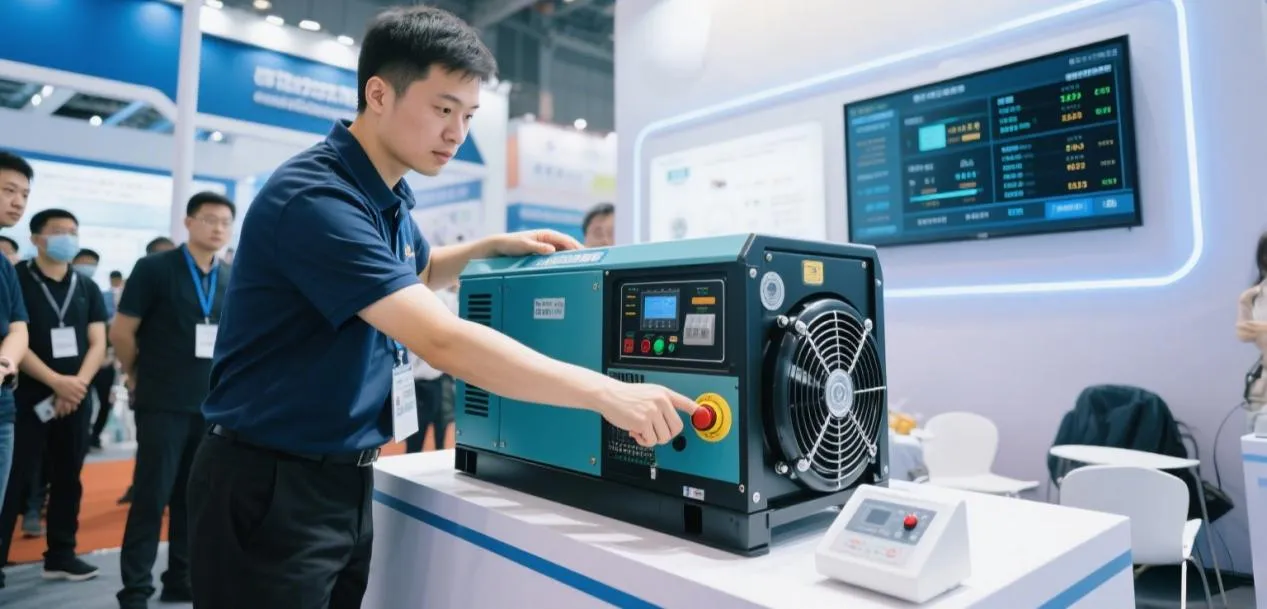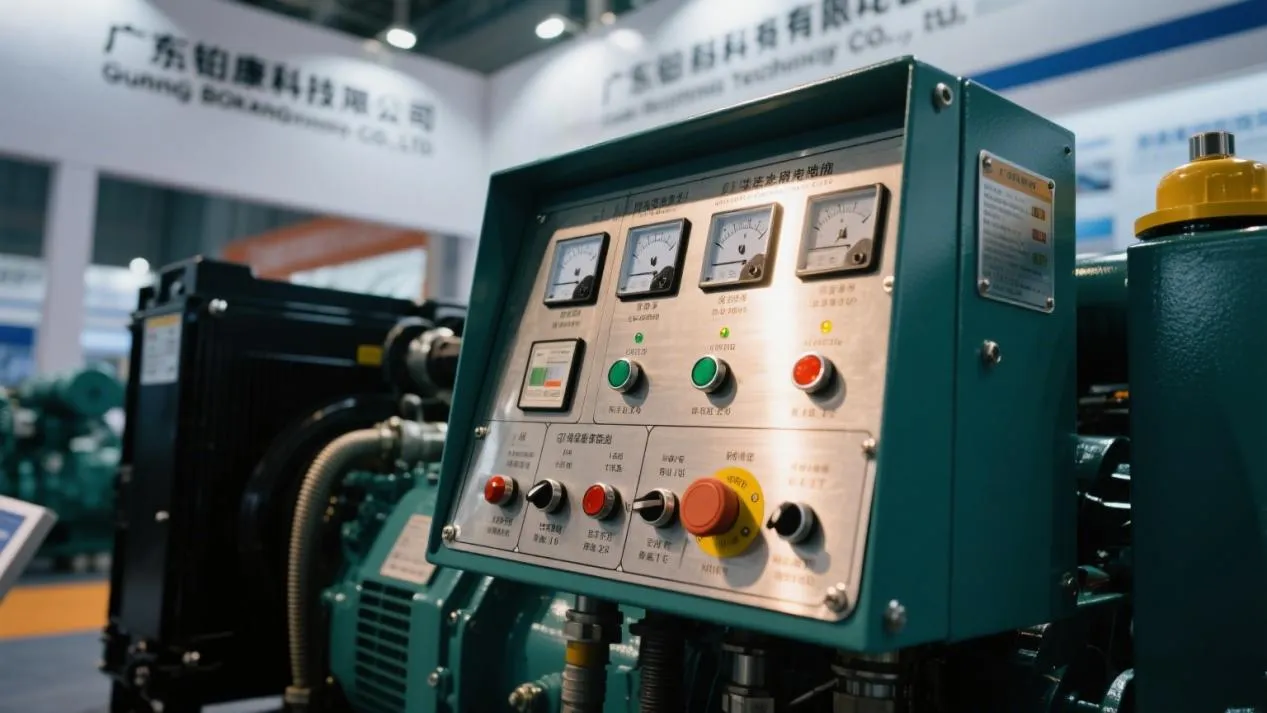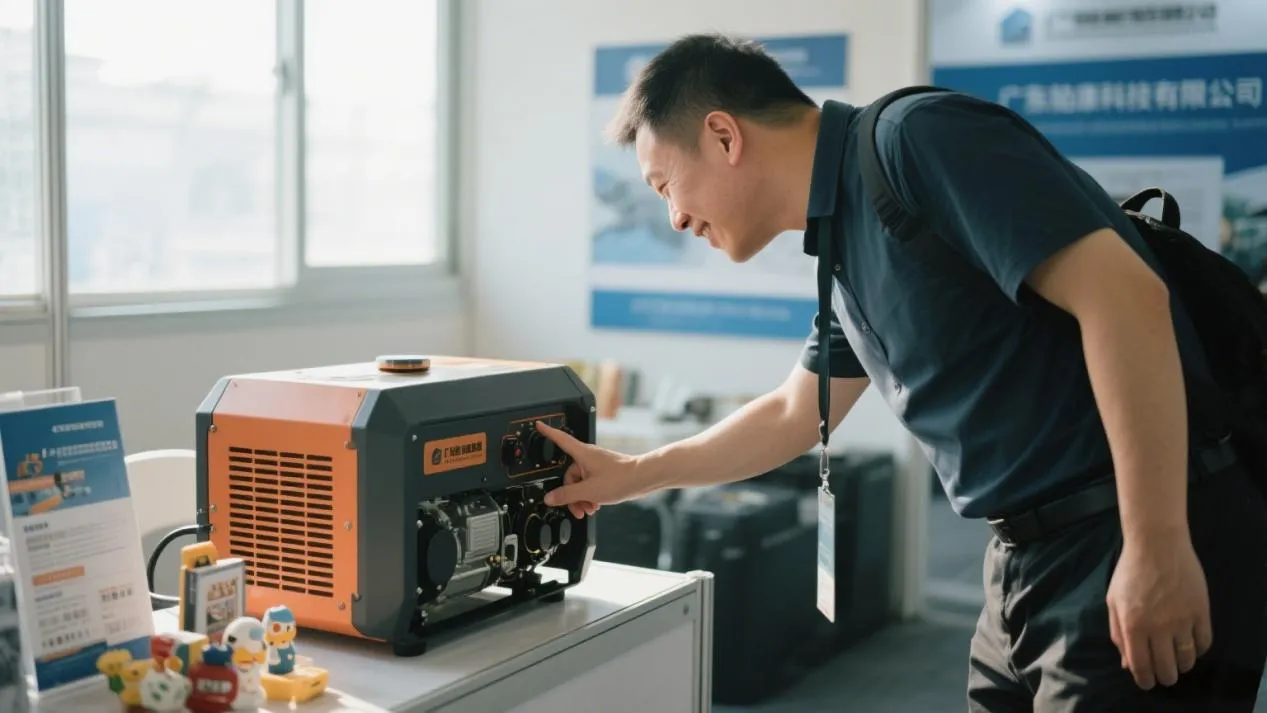Southeast Asia Purchasing Guide: How to Find a Reliable Diesel Generator Supplier?
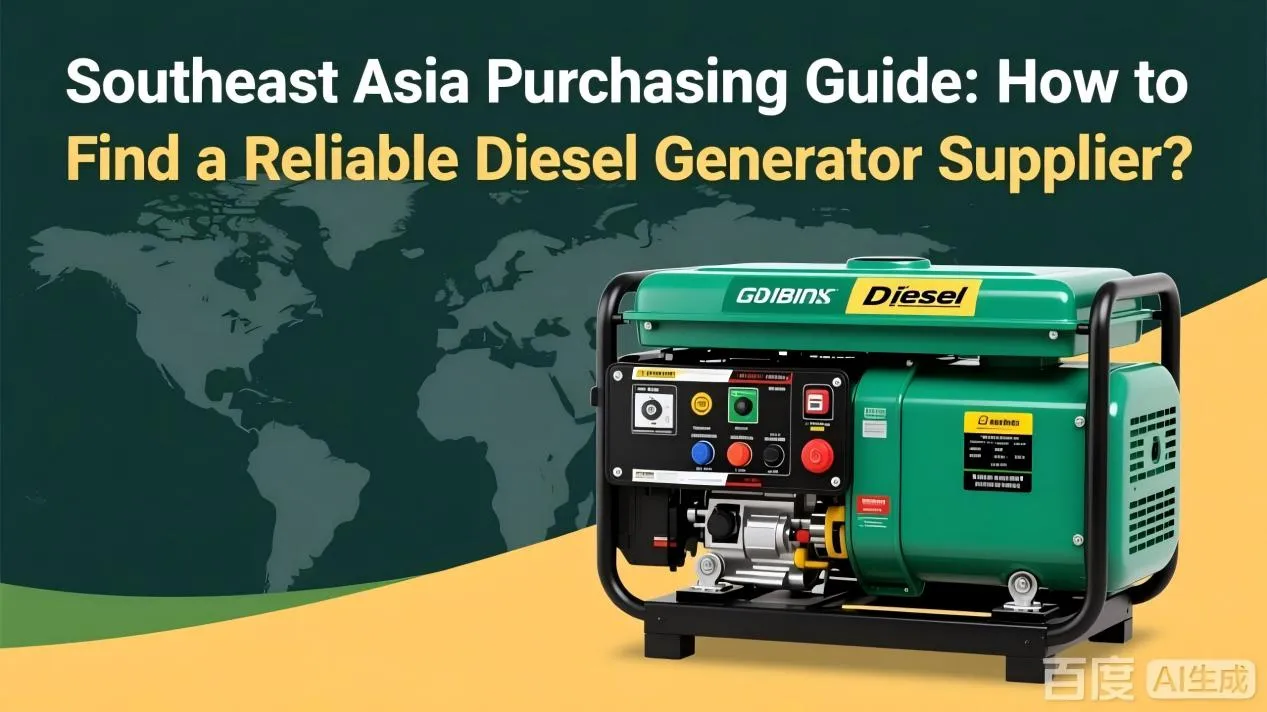
In Southeast Asia, diesel generators are crucial for combating unstable power supply conditions. However, the market is rife with suppliers, and many buyers encounter issues such as false power ratings, inadequate after-sales service, and refurbished units passed off as new. This article provides a step-by-step screening process to help you find cost-effective suppliers with reliable after-sales service and avoid common pitfalls.
I. Supplier Type Comparison: Local Distributors vs. Chinese Imports vs. Used Equipment
| Supplier type | Advantages | Risks | Suitable scenarios |
|---|---|---|---|
| Local dealers | Fast after-sales service, familiar with policies | High price (30-50% markup) | Urgent need SMEs in the backup power supply market |
| Chinese manufacturers | Low prices and a wide range of models | Long shipping cycles (2-4 weeks) | Bulk purchases for large projects |
| Used equipment vendors | Over 50% cost savings | Hidden faults and no warranty | Limited budgets and expertise in technical evaluation |
Case Study:
A Philippine construction company purchased a generator from a Chinese brand. Due to a failure to confirm a local service point, they had to wait three months for replacement parts, resulting in project delays and losses exceeding $100,000.
II. Six Steps to Verify Supplier Reliability
1. Check Certifications
-
- Must hold: ISO 9001 (Quality Management), ISO 8528 (Generator Performance)
- Local Compliance: Such as Indonesia's SNI certification, Thailand's TISI mark, and the Philippines' BPS certification.
- Be wary of "OEMs": Request photos or videos of the factory floor.
2. Ask about the After-Sales Service Network
-
-
- Key Questions:
- "Does the supplier have a dedicated repair center in Jakarta/Bangkok/Manila?"
- "Can you offer a 24-hour response service agreement?"
- We recommend choosing brands with warehouses in Southeast Asia (such as Perkins and Cummins).
- Key Questions:
-
3. Verify Load Test Reports
-
- Require the supplier to conduct a third-party load test on the equipment (such as TÜV SÜD Singapore) to ensure:
- Actual power ≥ 90% of nominal power;
- Voltage fluctuation is within ±5%.
- Require the supplier to conduct a third-party load test on the equipment (such as TÜV SÜD Singapore) to ensure:
4. Compare Contract Terms
-
- Warranty: Minimum 1 year (2 years for mainstream brands);
- Disclaimer: Avoid vague terms such as "defects caused by biodiesel use void warranty";
- Penalty: Compensation percentage for delayed delivery (recommended ≥ 0.5%/day)
5. Review Historical Customer Case Studies
-
- Request references from customers in the same industry (e.g., a seafood processing plant in Vietnam, a palm oil mill in Malaysia);
- Contact end-users through LinkedIn or Facebook to verify reviews.
6. Assess Communication Professionalism
-
- High-quality suppliers will proactively ask:
- Load type (motor/resistive load)?
- Average daily operating hours?
- Local humidity/altitude data?
- Be wary if the other party only discusses price without discussing technical aspects.
- High-quality suppliers will proactively ask:
III. Purchasing Characteristics in Southeast Asian Countries
| Country | Recommended Channel | Special Note |
|---|---|---|
| Indonesia | Local Agents for Chinese Brands (e.g., Weichai) | Confirm support for B30 biodiesel to avoid customs clearance delays |
| Thailand | Japanese used generator refurbishers | Check the extent of the refurbishment (it is recommended to request an "engine overhaul report") |
| Vietnam | Contact the Chinese manufacturer (Yuchai) directly | Ensure Vietnamese manuals and training are provided |
| Philippines | Local assemblers (such as Himoinsa) | Prefer models with typhoon-resistant designs |
IV. Avoidance Guide: Four Common Scams
1. Falsified Power
-
- Technique: Mark "peak power" instead of "continuous power."
- Countermeasure: Specify "continuous power" in the contract, referring to ISO 8528.
2. Refurbished units passed off as new
-
- Identification points:
- Signs of tampered bolts, uneven paint;
- Operation hours >50 but labeled "new."
- Countermeasure: Request the original manufacturer's certificate (including serial number).
- Identification points:
3. Fake "Local Inventory"
-
- Method: Claiming to have inventory in a warehouse in Malaysia, but actually shipping from China.
- Countermeasure: Require a video of the warehouse and mark it with the current newspaper date.
4. Bundling of Substandard Parts
-
- Case: Cambodian buyers were forced to purchase "specialized filters" (at three times the market price).
- Countermeasure: Specify the brand of the parts in the contract (e.g., Donaldson, Fleetguard).
V. Procurement Process Timeline (Using Indonesia as an Example)
- Days 1-3: Screen three suppliers and request quotations and technical specifications;
- Days 4-7: On-site inspection or video factory inspection;
- Days 8-10: Compare contract terms and negotiate payment methods (recommended 30% deposit + 70% upon delivery);
- Days 11-30: Ocean freight + customs clearance (confirm import taxes in advance; Indonesia typically charges 10-15%);
- Day 31: Acceptance inspection upon arrival (test the product after running continuously for 8 hours without any abnormalities and sign for receipt).
